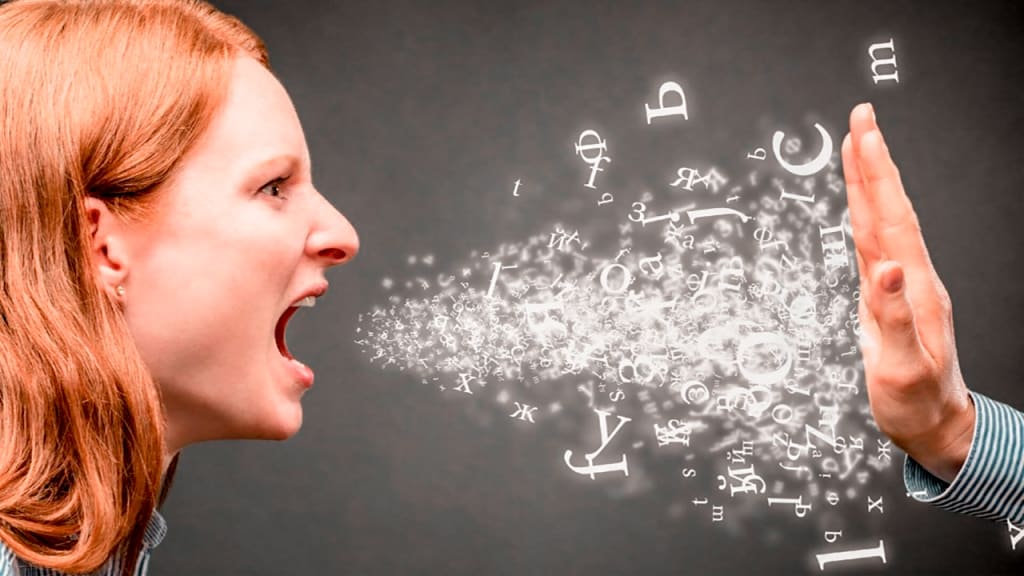Unlocking the Power of Human Communication: Exploring the Dynamics of Connection, Expression, and Understanding
Human communication is the cornerstone of social interaction, collaboration, and shared understanding, enabling individuals to express thoughts, emotions, and ideas, and to connect with others on a profound level. From spoken language to nonverbal cues and digital media, communication takes many forms and plays a central role in shaping relationships, communities, and cultures. In this article, we'll delve into the intricate dynamics of human communication, exploring its evolution, functions, and significance in human interaction and society.

1. The Evolution of Human Communication: From Grunts to Global Networks
Communication has been a defining feature of human evolution, allowing our ancestors to coordinate activities, share knowledge, and build social bonds for survival. Early humans relied on simple forms of communication, such as gestures, facial expressions, and vocalizations, to convey meaning and intent. With the development of spoken language, humans gained the ability to communicate complex ideas and abstract concepts, laying the foundation for the emergence of culture, civilization, and technology.
2. The Components of Human Communication: Verbal and Nonverbal Channels
Human communication encompasses a wide range of verbal and nonverbal channels that convey meaning and facilitate interaction between individuals. Verbal communication involves the use of spoken or written language to express ideas, convey information, and engage in dialogue. Nonverbal communication, meanwhile, encompasses body language, facial expressions, gestures, tone of voice, and other cues that convey emotions, attitudes, and social signals. Together, verbal and nonverbal communication work in tandem to create shared meaning and understanding in human interactions.
3. Functions of Human Communication: Informing, Persuading, Expressing, and Relating
Human communication serves multiple functions that contribute to individual and collective goals, including informing, persuading, expressing emotions, and building relationships. Informative communication conveys factual information, knowledge, and ideas, helping individuals make sense of the world and make informed decisions. Persuasive communication aims to influence attitudes, beliefs, and behaviors, shaping opinions and driving social change. Expressive communication allows individuals to share thoughts, feelings, and experiences, fostering empathy, connection, and emotional support. Relational communication builds and maintains social bonds, fostering trust, cooperation, and intimacy in interpersonal relationships.
4. Challenges and Opportunities in Human Communication: Navigating Misunderstandings and Building Bridges
Despite its importance, human communication is not without its challenges, as misunderstandings, conflicts, and barriers to communication can arise in diverse cultural, social, and linguistic contexts. Cultural differences, language barriers, and communication styles can create challenges in cross-cultural communication, requiring individuals to adapt and employ strategies for effective intercultural communication. In the digital age, technology has revolutionized the way we communicate, offering new opportunities for connection and collaboration, while also posing challenges related to privacy, authenticity, and information overload.
5. The Role of Communication in Society and Culture: Shaping Identity, Values, and Norms
Communication plays a central role in shaping human society and culture, influencing the way individuals perceive themselves and others, as well as the values, beliefs, and norms that govern social behavior. Through language, storytelling, media, and discourse, communication shapes collective identities, constructs social reality, and reinforces cultural norms and values. Communication also serves as a mechanism for social change and cultural evolution, challenging existing norms, promoting diversity, and fostering dialogue and understanding across diverse perspectives.
Conclusion: Harnessing the Power of Human Communication for Connection and Understanding
In conclusion, human communication stands as the cornerstone of our social fabric, enabling us to bridge gaps, forge connections, and build communities across the globe. Its evolution from primitive forms of expression to sophisticated digital platforms reflects our innate drive to connect and share experiences with one another. As we navigate the complexities of human interaction, it's vital to recognize the profound impact of communication on our collective consciousness and cultural identity.
Moreover, in our increasingly interconnected world, effective communication has become not just a skill but a necessity for navigating diverse perspectives and fostering empathy and understanding. By embracing the richness of human communication—verbal, nonverbal, and digital—we can transcend barriers, challenge prejudices, and cultivate meaningful connections that transcend borders and boundaries.
As we look to the future, let us continue to harness the power of communication to promote dialogue, foster cooperation, and inspire positive change. Whether in our personal relationships, professional endeavors, or global initiatives, communication remains the linchpin of human society, guiding us toward a more harmonious and inclusive world where every voice is heard and valued.
About the Creator
Mohamed Ali
Mohamed Ali is a passionate writer and researcher with a keen interest in exploring the complexities of human behavior and society through the lens of sociology. With a background in sociology and psychology.
Enjoyed the story? Support the Creator.
Subscribe for free to receive all their stories in your feed. You could also pledge your support or give them a one-off tip, letting them know you appreciate their work.






Comments
There are no comments for this story
Be the first to respond and start the conversation.